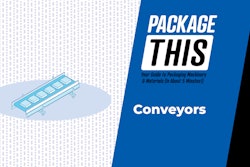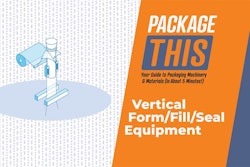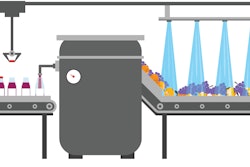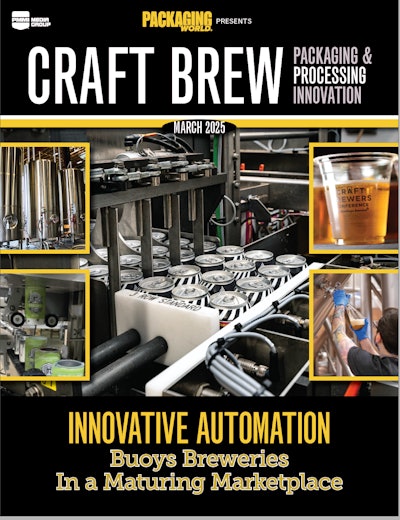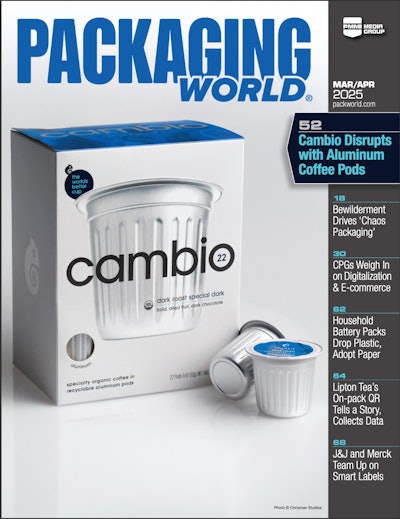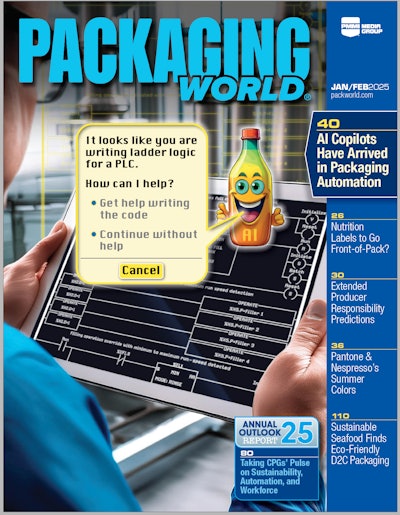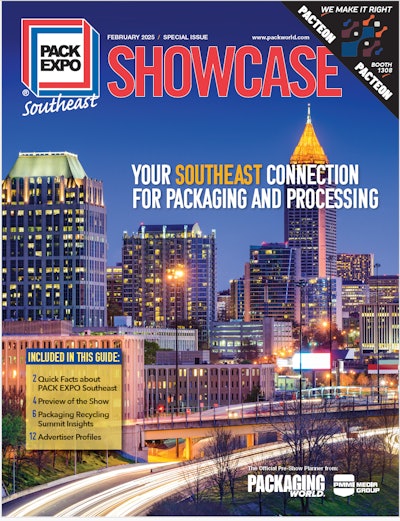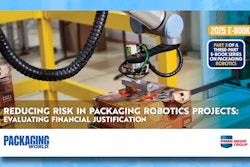
By 2035, holistic packaging design is the industry standard. Companies that haven’t embraced user-friendly, accessible, and sustainable packaging are struggling to compete. Why? Because consumers demand it. Today, over 60 million Americans live with arthritis, and that number is expected to grow. These individuals, along with a broader group of consumers with disabilities, control over $64 billion in spending power, a figure projected to double in the next decade.
Beyond disabilities, the general population has made one thing clear: frustration with packaging leads to brand abandonment. 83% of consumers with arthritis and 62% of general consumers experience frustration with packages, leading many to switch brands entirely. One study showed more than half of arthritis consumers and over a third of general consumers avoid repurchasing products due to packaging challenges. Packaging that isn’t intuitive or easy to use is now seen as an oversight—one that directly impacts market share.
A Look Back: The Evolution of Holistic Packaging
Industry leaders have been sounding the alarm for years. As early as 2011, discussions on holistic design emerged, emphasizing the need for packaging that considers not just aesthetics but also ease of use and accessibility. By 2023, long-term packaging trends pointed to the importance of planning for holistic design from the outset rather than making last-minute adjustments.
We've been talking about the importance of ease-of-use and inclusive design for years. What we’re seeing now is a shift—companies can no longer afford to ignore it.
Despite these conversations, many brands continued to treat packaging design as an afterthought. Late-stage adjustments, particularly in response to consumer complaints, proved costly and inefficient. The industry needed a proactive, strategic approach. Holistic means interconnected, whole, or full picture. To be successful and inclusive, packaging design can’t be done independently.  Brian Wagner, co-founder, PTIS
Brian Wagner, co-founder, PTIS
The Present: A Shift Towards Inclusion and Accessibility
Fast forward to today, and companies are finally making significant strides. Target, in collaboration with The Arthritis Foundation, has developed comprehensive Ease of Use Design Guides aimed at making packaging more accessible. The Arthritis Foundation Ease of Use program inspires accessible design, offering critical resources for engineers and designers in the requirements definition and design development stage. These guidelines provide engineers with actionable insights to create packaging that is both functional and easy to use.







